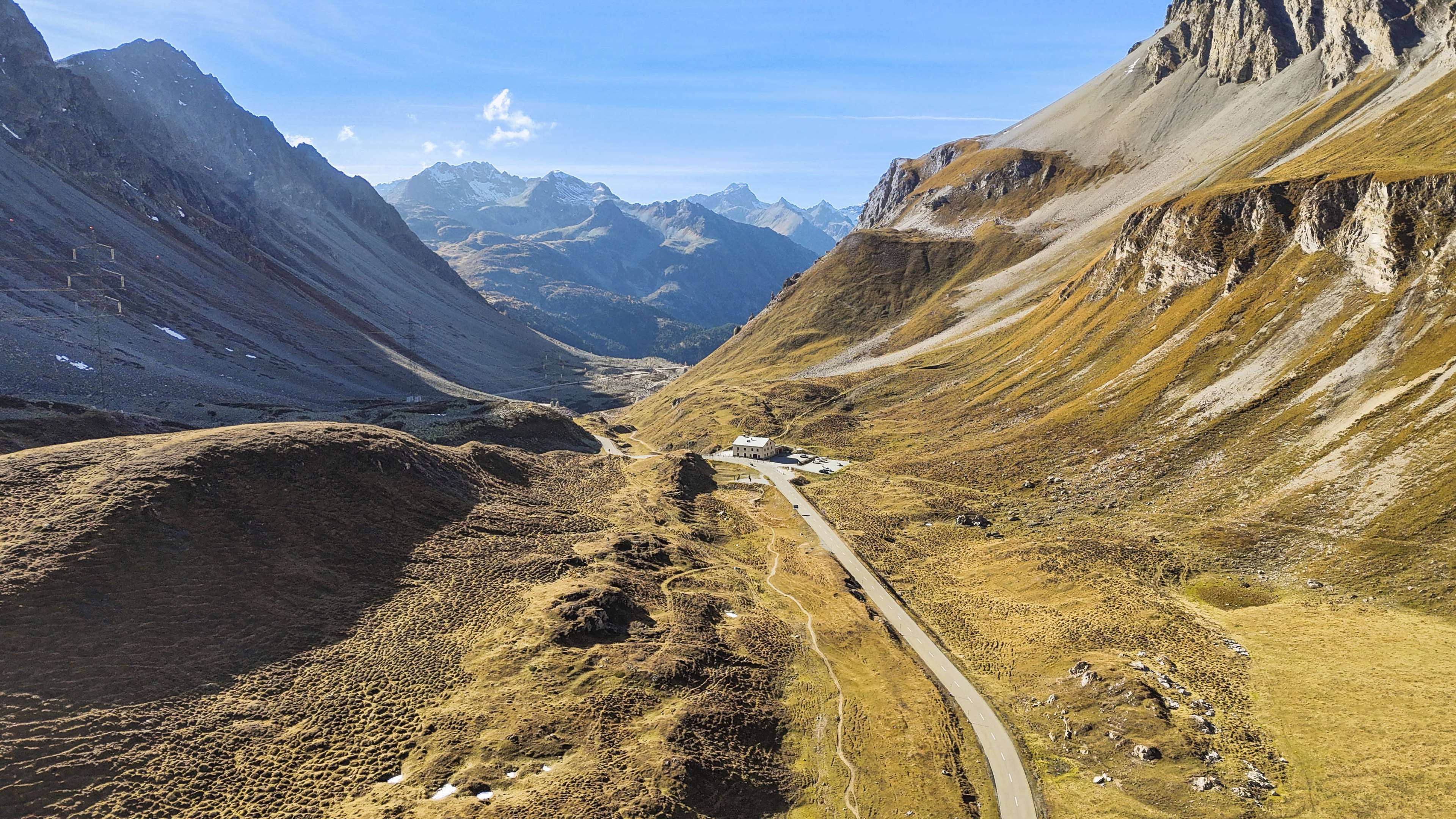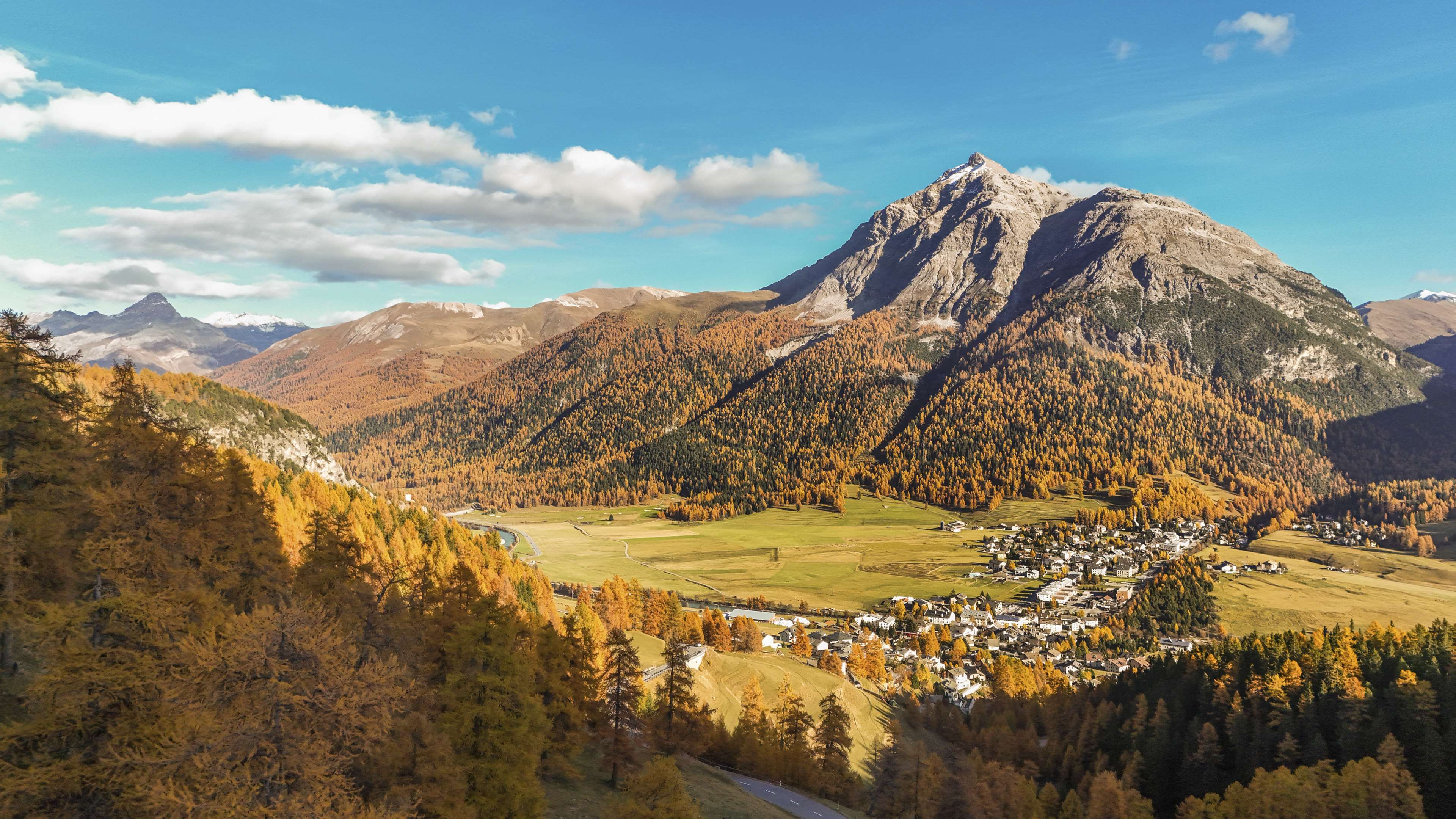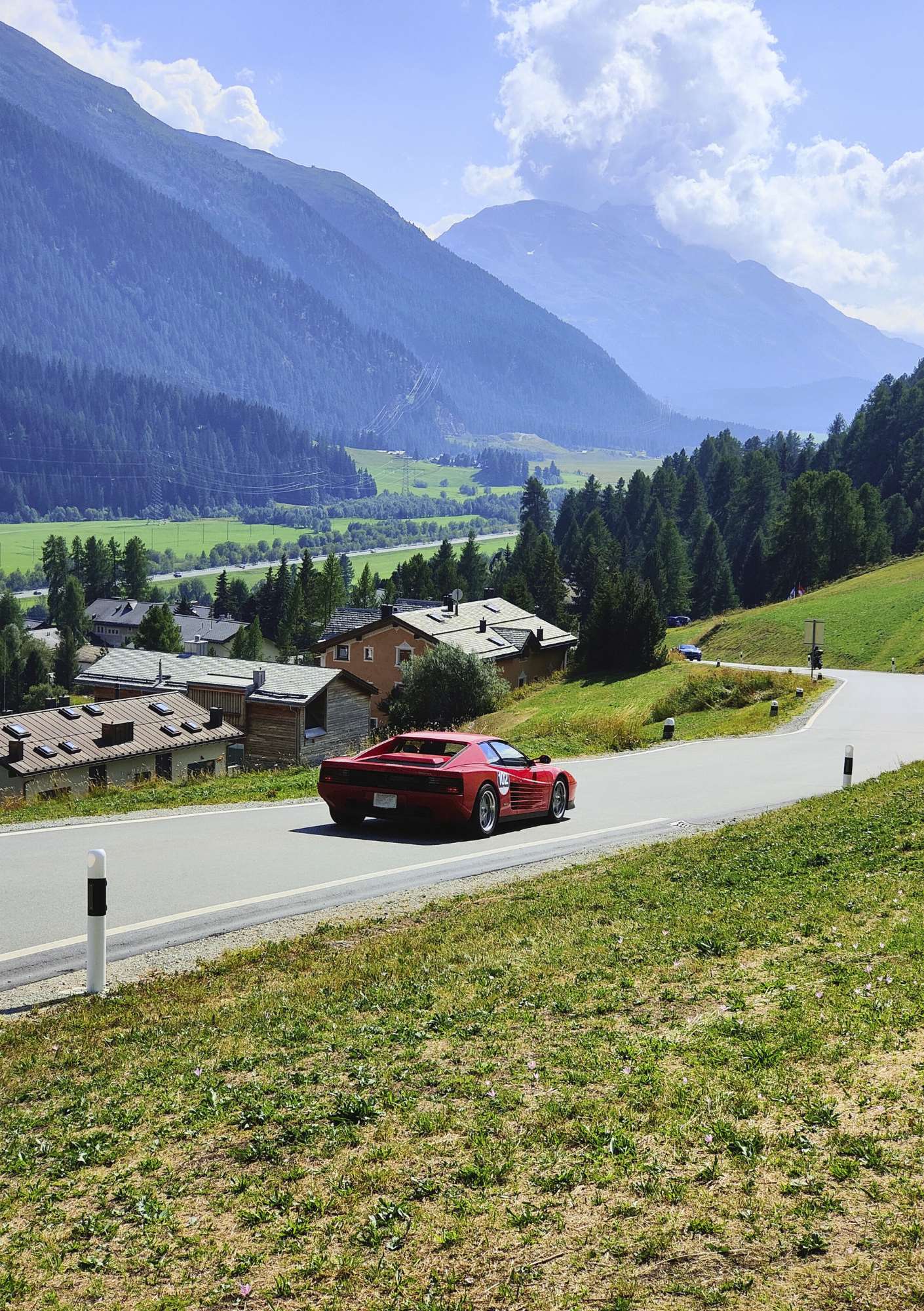
Albula Pass
A Journey through Time and Nature - Driving the Legendary
Driving the Legendary Albula Pass: A Journey through Time and Nature
Start your adventure at Grand Hotel des Bains Kempinski St. Moritz, the perfect base for car enthusiasts seeking thrilling mountain roads. The Albula Pass is a must-drive route, combining scenic beauty with fascinating history. Let’s explore the highlights of this journey, which begins and ends in the heart of St. Moritz.
Driving Experience
Distance: 30.4 km
Summit: 2,312 m
Max Gradient: 12%
The Albula Pass follows the winding Albula river and offers some of the most stunning landscapes in the northern section. Before reaching Bergün, drivers will navigate narrow serpentines along steep cliffs, rewarded with breathtaking views of the Albula Canyon.
The road narrows as it climbs towards the summit, with the surface becoming rougher in sections. For those who appreciate scenic detours, the Albula Railway Viaducts overhead provide a glimpse of historic engineering.
At the top, drivers arrive at a serene plateau with a small alpine lake. Stop for coffee at the 1873 hospice, where wildlife sightings—such as marmots—are common.
On the descent, the wide curves guide drivers down into the picturesque Engadine valley. The journey concludes at La Punt-Chamues, where the road meets the railway. It’s essential to remain vigilant throughout the drive, as locals navigate the pass swiftly, and cows may appear unexpectedly around the bends.
History
The Albula Pass has served as a trading route since prehistoric times. The Romans exchanged wine and corn for local goods such as cheese, honey and animal skins along this path. In the Middle Ages, the Bishops of Chur maintained control, charging tolls and improving the road to secure trade income. A major engineering feat occurred in 1695 when gunpowder was used to carve a tunnel through the Albula Gorge, providing easier access to the Bergün valley.
Between 1864 and 1866, the road was further widened to 4.2 metres to accommodate horse-drawn post coaches, cutting the travel time between Chur and St. Moritz to 14 hours—faster than the Julier Pass route. However, the Albula Pass lost its prominence with the opening of the Rhaetian Railway on 1 July 1903, and today, it remains a scenic but lesser-used route.
Seasonal Road Conditions
The Albula Pass transforms into an open-air bobsled run during the winter, making it impassable for vehicles. As a result, the road surface can sometimes be rough when it reopens in warmer months. Travellers looking for smoother roads in winter should consider the Julier Pass, which is open year-round.
Points of Interest
Rhaetian Railway: The parallel train route offers spectacular views of viaducts and tunnels. The railway was declared a UNESCO World Heritage Site in 2008, adding to the region’s historical significance. Read more about the famous Glacier Express
Railway Museum in Bergün: For those interested in alpine engineering, this museum showcases the construction and history of the Albula railway.
Continue Your Driving Adventure
Ready for more exciting mountain routes? Drive the Julier Pass next for a perfect combination of smooth roads and scenic vistas.





